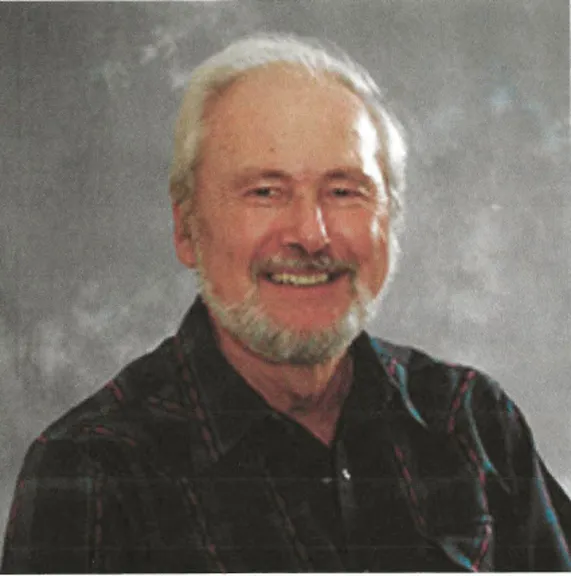
The Geochemical Society remembers Bernd R.T. “Berni” Simoneit (1937–2023), a pioneering organic and environmental biogeochemist whose groundbreaking work on biomarkers advanced our understanding of Earth’s history, aerosols, and planetary science. His global collaborations and discoveries leave a lasting legacy. More…